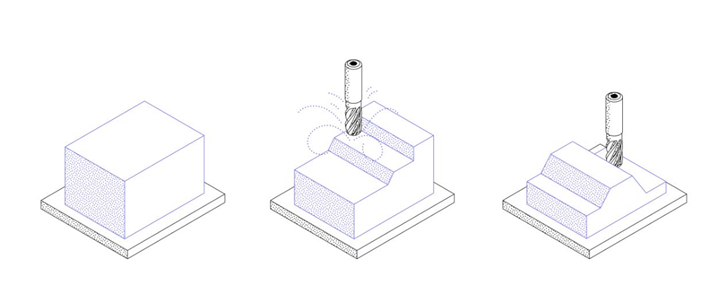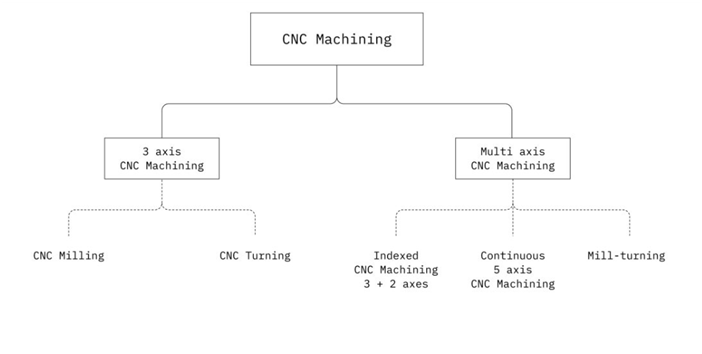Keyword: CNC series Car parts Milling machine Fixture, CNC machining, CNC milling machining, CNC truning, CNC auto spear parts machining, CNC machinery machining parts.
Contact person: Zhixin Chen
Phone: (86) 13825752655
Email: 3012788854@qq.com
Web: www.dgyxlmachinery.com
Factory: Room 102, No. 5, Bang'aofang Xinxia Road, Wanjiang Subdistrict, Dongguan City, Guangdong Province
Hotline:(86) 13825752655

Learn all you need to know about CNC machining in 25 minutes or less. Whether you are an experienced design engineer or just getting started with CNC, this guide is for you.
Part 1
The Basics
What is CNC machining? What are the different types of CNC machines? How do they work?
In this section, we answer all these questions and we compare CNC machining to other manufacturing technologies to help you find the best solution for your application.
What is CNC machining?
CNC (Computer Numerical Control) machining is a subtractive manufacturing technology: parts are created by removing material from a solid block (called the blank or the workpiece) using a variety of cutting tools.
This is a fundamentally different way of manufacturing compared to additive (3D printing) or formative (Injection Molding) technologies. The material removal mechanisms have significant implications on the benefits, limitations and design restrictions of CNC. More on this below.

CNC machining is a digital manufacturing technology: it produces high-accuracy parts with excellent physical properties directly from a CAD file. Due to the high level of automation, CNC is price-competitive for both one-off custom parts and medium-volume productions.
Almost every material can be CNC machined. The most common examples include metals (aluminum and steel alloys, brass etc) and plastics (ABS, Delrin, Nylon etc). Foam, composites and wood can also be machined.
The basic CNC process can be broken down into 3 steps. The engineer first designs the CAD model of the part. The machinist then turns the CAD file into a CNC program (G-code) and sets up the machine. Finally, the CNC system executes all machining operations with little supervision, removing material and creating the part.
Types of CNC machines
In this guide, we will focus on CNC machines that remove material using cutting tools. These are the most common and have the widest range of applications. Other CNC machines include laser cutters, plasma cutters and EDM machines.

3-axis CNC machines
CNC milling and CNC turning machines are examples of 3-axis CNC systems. These “basic” machines allow the movement of the cutting tool in three linear axes relative to the workpiece (left-right, back-forth and up-down).
CNC milling
• The workpiece is held stationary directly on the machine bed or in a vice.
• Material is removed from the workpiece using cutting tools or drills that rotate at high speed.
• The tools are attached to a spindle, which can move along three linear axis.
3-axis CNC milling machines are very common, as they can be used to produce most common geometries. They relatively easy to program and operate, so start-up machining costs are relatively low.
Tool access can be a design restriction in CNC milling. As there are only three axes to work with, certain areas might be impossible to reach. This is not a big issue if the workpiece needs to be rotated just once, but if multiple rotations are needed the labor and machining costs increase fast